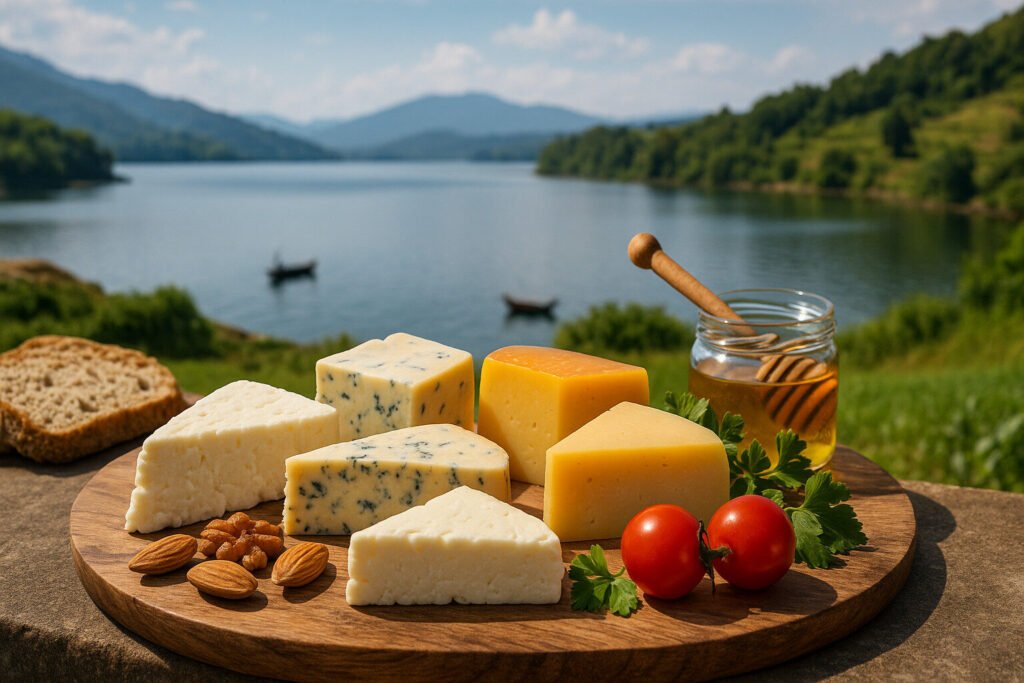Cheese Of The African Great Lakes
Definition and Scope
Cheese of the African Great Lakes refers to dairy products originating from the region surrounding Lake Victoria, Lake Tanganyika, and Lake Malawi. These cheeses are typically produced by small-scale farmers and cooperatives using milk from indigenous cattle breeds. The category includes both fresh and aged varieties, often made with traditional techniques passed down through generations.
This classification encompasses cheeses that reflect the unique terroir and cultural practices of Tanzania, Kenya, Uganda, Rwanda, and Burundi. While not as internationally recognized as European cheeses, they represent an important part of local food security and culinary heritage. Production volumes remain modest but are growing through development initiatives focused on dairy sector improvement.
Production Methods
Traditional production begins with raw milk from Ankole, Boran, or Zebu cattle that graze on native vegetation. The milk is typically heated in large pots over wood fires before natural fermentation occurs. Coagulation is achieved using plant-based rennet from local species like sodom apple or wild fig trees.
Curds are hand-pressed into molds made from woven baskets or carved wood, then brined or dry-salted. Aging periods range from a few days for fresh cheeses to several months for harder varieties. Modern facilities are increasingly adopting pasteurization and stainless steel equipment while maintaining essential traditional characteristics.
Sensory Profile
These cheeses generally exhibit mild to moderate acidity with earthy undertones derived from the diverse regional flora. Fresh varieties present moist, crumbly textures and milky, slightly tangy flavors. The paste typically appears white to pale yellow, reflecting the cattle’s grass-based diet.
Aged versions develop firmer textures and more complex flavor profiles featuring herbal notes and subtle gaminess. Some smoked varieties acquire distinctive woody aromas from traditional smoking methods over hardwoods. Salt levels vary from lightly seasoned to robustly brined depending on preservation needs.
Culinary Applications
Fresh cheeses are commonly consumed as snack foods or crumbled over staple dishes like ugali (maize porridge) and matoke (plantain stew). They serve as important protein sources in predominantly starch-based diets. Their mild acidity provides pleasant contrast to spicy vegetable and legume preparations.
Firm aged cheeses are grated into sauces or melted into traditional breads. Many households use these cheeses as meat substitutes in religious fasting periods. Contemporary chefs are incorporating them into fusion dishes that combine European techniques with local ingredients.
Regional Examples
Kenya produces Mursik, a fermented milk product sometimes classified as cheese, traditionally stored in specially treated gourds. Tanzania’s Sukuma cheese represents a modern adaptation developed through dairy development programs. Both utilize local cattle milk and maintain distinct regional characteristics.
Uganda features various small-scale cheeses from Ankole cattle milk, often produced by women’s cooperatives. Rwanda and Burundi are developing similar products through agricultural extension services. These examples demonstrate how traditional knowledge combines with new technologies across the Great Lakes region.

